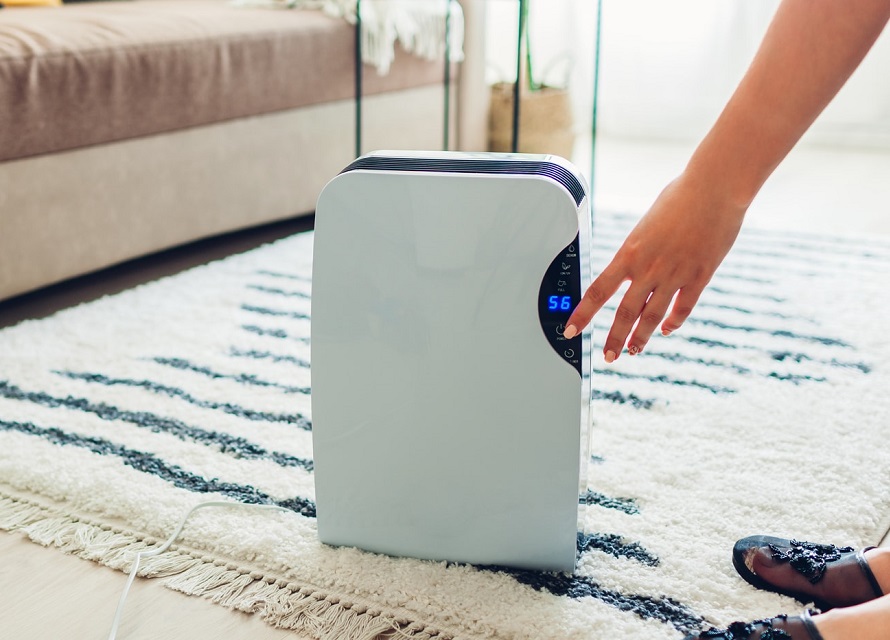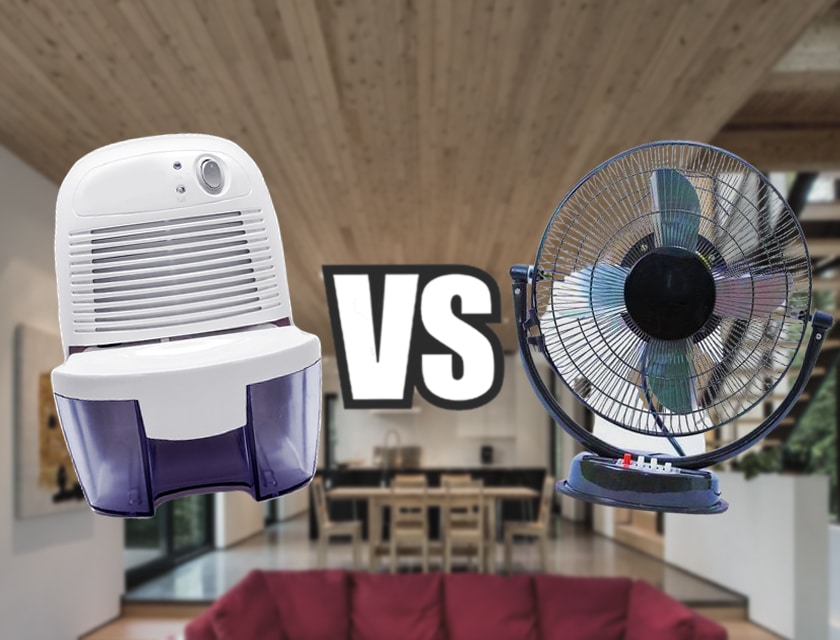The presence of damp can spoil an otherwise perfect location. Damp cannot be ignored or hidden. If it is painted over it comes back worse than ever. The smell of mildew is bad, and unhealthy. This is why a decent dehumidifier Trusted Source Dehumidifier - Wikipedia A dehumidifier is an air conditioning device which reduces and maintains the level of humidity in the air. en.wikipedia.org is an essential home item for a variety of reasons. We can need them for our health, and the health of our homes. Removing moisture from the air is important for people with lung conditions. Moisture removal also prevents dampness in any areas it might form. This prevents dampness from causing damage to your plaster and paintwork. You’ll be able to shift that musty smell in no time. Not to mention breathing easier! It’s not as simple as grabbing a dehumidifier you like the look of though. You have to ask yourself the question, what size dehumidifier do I need?
There is a wealth of choice Trusted Source A consumer’s guide to dehumidifiers - The Washington Post May is the month you’ll most commonly find dehumidifiers turned on for the season in Washington’s damp and moldy basements. www.washingtonpost.com in the buyers’ market for dehumidifiers. Size and function can be minimal and basic, the sort of device suited for a small job. For advanced dehumidifying needs, there are larger appliances with more functionality. Models are available that suit the home. Industrial-scale machines are also accessible. Before you make a decision about what you might buy, think about what size dehumidifier you need.
Too big and you’ve needlessly overspent. It might result in higher electricity bills too. Too small and you’ll be unable to remove the moisture that’s causing you problems. Finding the right dehumidifier size involves consideration of several factors. Think about the type of room. Consider the area the dehumidifier needs to cover. Are there any special requirements for the room’s usage?
A dehumidifier is measured in its capacity to remove moisture. This is always in the pints of water removed per twenty-four-hour period. A thirty-pint dehumidifier would suit moderate levels of damp in an average-sized room. If the damp was bad, or the room larger, a bigger dehumidifier would be required.
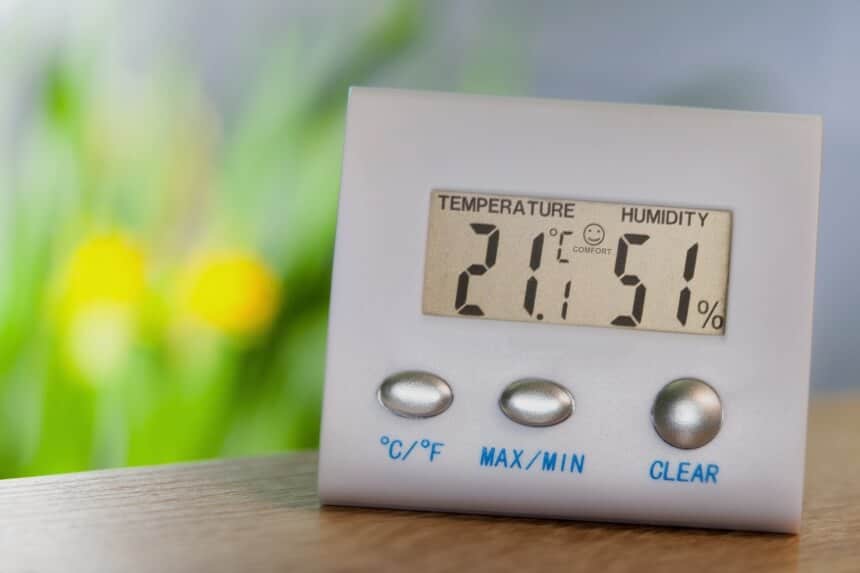
A room’s moisture is its ‘relative humidity ‘ or rh. During the summer we want an rh level of 50. As the weather grows colder, we need less humidity. We need an rh of 30 during the winter. The average stats that a room’s moisture is measured by are 65f at 60% moisture.
The steps to measure the square footage of a room are quite simple. You’ll need measuring equipment and a calculator. Take the length and width of the space and then multiply them to find the total squared area. For example, if a room is 10 feet long and 11 feet wide the total area would be 165 square feet. If you need to work out an area larger than one room then add the sizes together for the total area. If the room suffers from serious damp then use the Hygrometer to work out the rh as well as the size of the area.
Don’t just think about the moisture level and room size. Consider what the room is used for. Is it going to matter if it’s noisy? Does the size of the device matter for where it’s going to be put? A dehumidifier can help with dampness in a bathroom. It can also be used for the maintenance and regulation of moisture levels for specific needs. A gun cabinet or dry goods locker needs a dehumidifier to prevent moisture build-up and decay. Certain dehumidifiers are built for specific jobs only.
The Association of Home Appliance Manufacturers (called AHAM for short) produces a chart of humidity levels to room sizes. It was most recently updated in 2020. It compares room sizes to average humidity. This is for people to work out their average requirements when buying a dehumidifier. You can refer to this table when choosing your own dehumidifier.
| Humidity Levels: | 300 sq ft space | 500 sq ft space | 800 sq ft space | 1,200 sq ft space |
| 50-60% Humidity
(Air feels slightly heavy) |
20 Pint (New Standard) | 30 Pint (New Standard) | 40 Pint (New Standard) | 50 Pint (New Standard) |
| 60-70% Humidity
(Occasional musty smell) |
20 Pint (New Standard) | 30 Pint (New Standard) | 40 Pint (New Standard) | 50 Pint (New Standard) |
| 70-80% Humidity
(Wet spots on walls or floor) |
25 Pint (New Standard) | 30 Pint (New Standard) | 45 Pint (New Standard)
|
55 Pint (New Standard) |
| 80-100% Humidity
(Seepage on walls, mold possible) |
30 Pint (New Standard) | 40 Pint (New Standard) | 50 Pint (New Standard) | 60 Pint (New Standard) |
Here are examples of average spaces with humidifiers that would suit their conditions. We’re also going to look at some special cases. Basements and crawl spaces need different types of care to dry goods or gun lockers. A small dehumidifier will not make a difference to a large room.

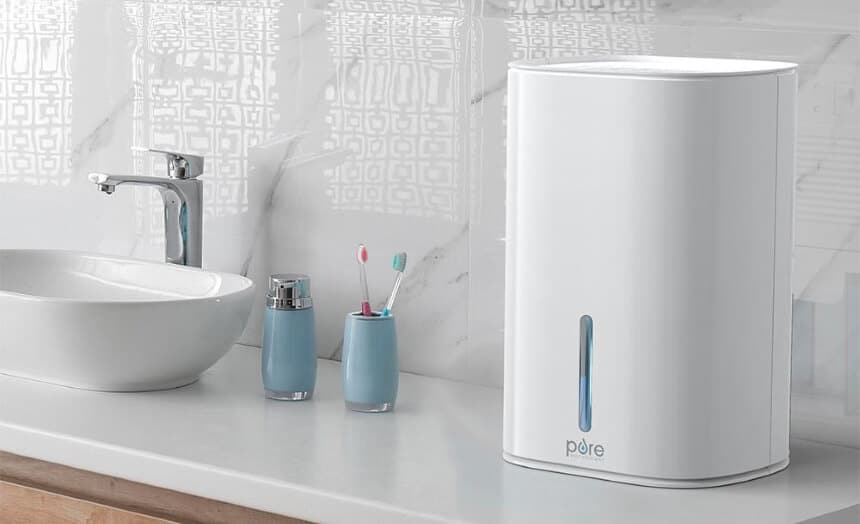
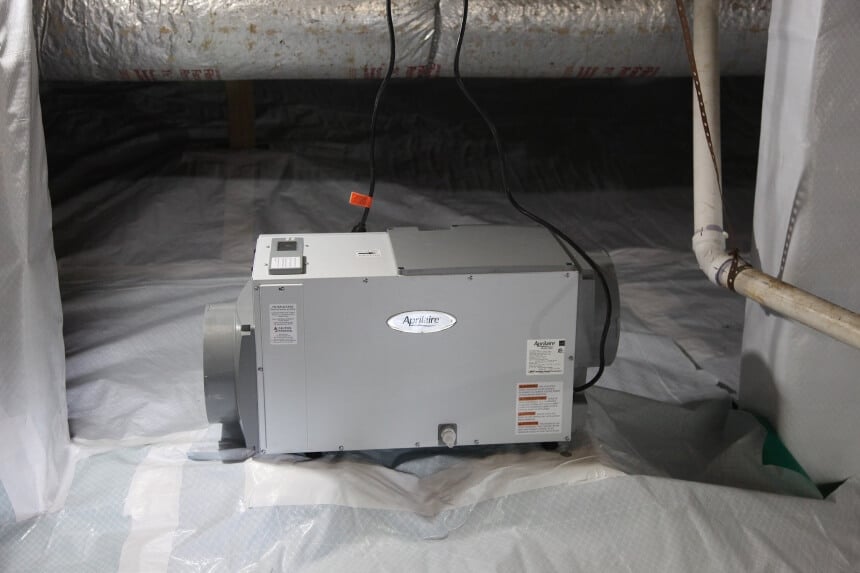
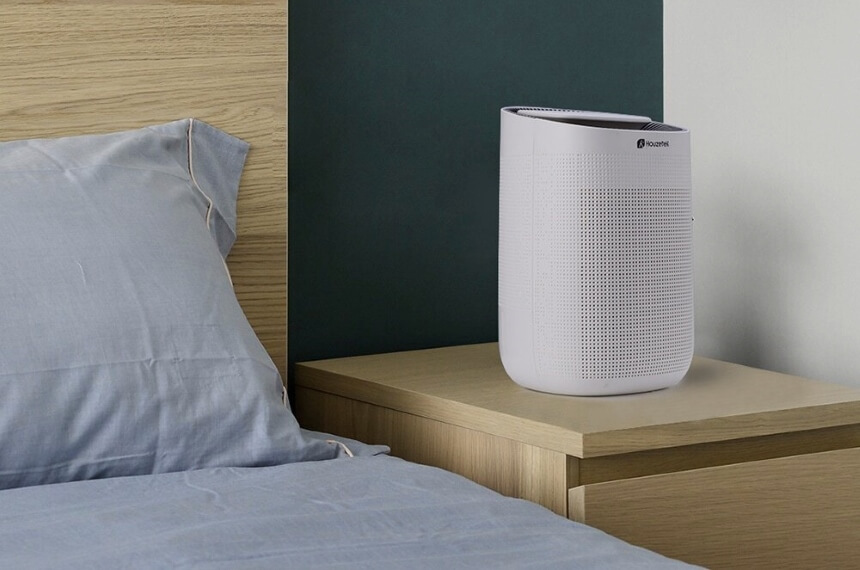


When considering what size dehumidifier do I need, we need to look at the area the humidifier is going to cover. We look at the device dimensions for where we plan to keep it. We look at how much moisture there is in the air. A small room, or somewhere not that damp, needs a basic dehumidifier. If the area is very wet, and the area to be covered is large, we want a heavy-duty model. Forward planning is important to avoid disappointment and failure to remove damp. Understanding the basics of calculating area and moisture levels is essential. We hope this information has been helpful and that you can breathe a little easier now. Or at least that your clothes are dryer.



